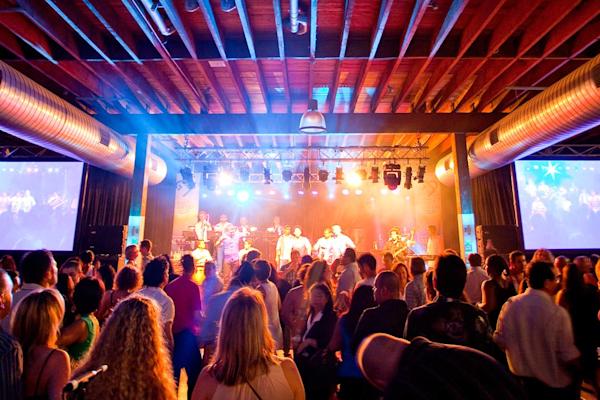7-Step Guide to RFID technology
Debra Clarke
Digital Marketing & PR
Advancement in industries is almost always impeded by fear. Fear of the outcome, fear of the risk, fear of failure. More often than not, fear can be explained simply by one factor: a lack of knowledge. When it comes to using RFID technology, many event organizers are afraid to take that leap of faith into the RFID whirlpool primarily because they do not understand it. You wouldn’t drive a car if you didn’t know how it worked. Why should RFID be any different?
Tappit have produced a simple 7-step guide to RFID technology to dispel the fear and hesitation surrounding its usage. Think of this as your driving lesson to RFID, so get behind the wheel and join the revolution.
1. What is RFID?
RFID stands for Radio Frequency Identification, a technology which uses radio waves to identify objects and transmit information between devices.
2. How does RFID work?
To put it simply, an RFID system is made up of two components: a tag and a reader. The reader uses electromagnetic waves to send out information. The tag has two parts: a microchip that stores information (i.e. a unique serial number for a specific object), and an antenna which receives and transmits signals.
3. What is the difference between RFID and barcodes?
Whilst RFID tags read information through radio waves, barcodes use an optical scanner. As a result of this, barcodes can only read information if they are placed in the line of sight of the reader, whereas RFID tags can detect information from as far as 50 feet away, making transaction processes and scanning significantly faster. Furthermore, barcodes are much more susceptible to damage and are generally able to store less information than RFID tags.
4. Is there more than one type of RFID system?
Under the umbrella term of RFID, there are different components. For example, there are three types of tag:
Passive: these tags are powered by the radio energy transmitted by the reader
Active: these tags are powered by an onboard battery and transmit information without requiring a reader
Battery-Assisted: these tags are powered only when in the presence of a reader There are also three different types of frequency; low, high and ultra high. The level of frequency directly affects the readability distance of the RFID chip and storage capacities. It is worth noting that frequency levels also differ between countries.
5. Are there any health risks to RFID?
RFID tags don’t pose any danger. It is used in your bank card, passport and mobile phone. They are safe to use in everyday application.
## 6. Why do we use RFID? Ultimately, the core use of RFID tags are to read and supply specific data. On a day-to-day basis, RFID chips are used to track pets, pass through motorway tolls or detect luggage at airports. Other uses of RFID include security tools, such as restricting and allowing access to people with specific RFID tags.
## 7. What does RFID mean for the events industry? The introduction of RFID technology systems has introduced astonishing developments in the live event industry over the last decade. Replacing paper tickets with electronic RFID wristbands has enabled organizers to streamline the event experience in a number of ways such as introducing cashless payments, access control, business intelligence reports and more. # ## Glownet and RFID Glownet have been using RFID in our product systems since 2013 . With the introduction of RFID cashless technologies, Glownet have helped over 500 events to improve their customer experience by reducing queues, transaction speed and theft. We also offer access control systems, allowing event organisers to regulate attendance, control entry to specific areas or even monitor alcohol consumption. Furthermore, Glownet offers post-event business intelligence reports, providing organisers with unparalleled insight into customer spending and experience, allowing for improvements to future editions.


